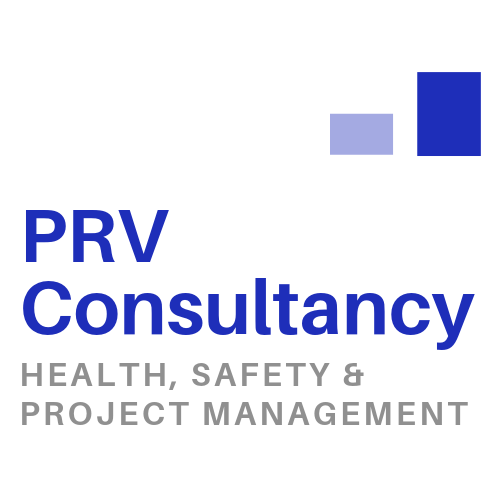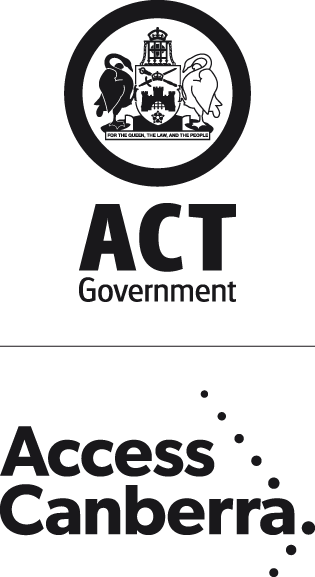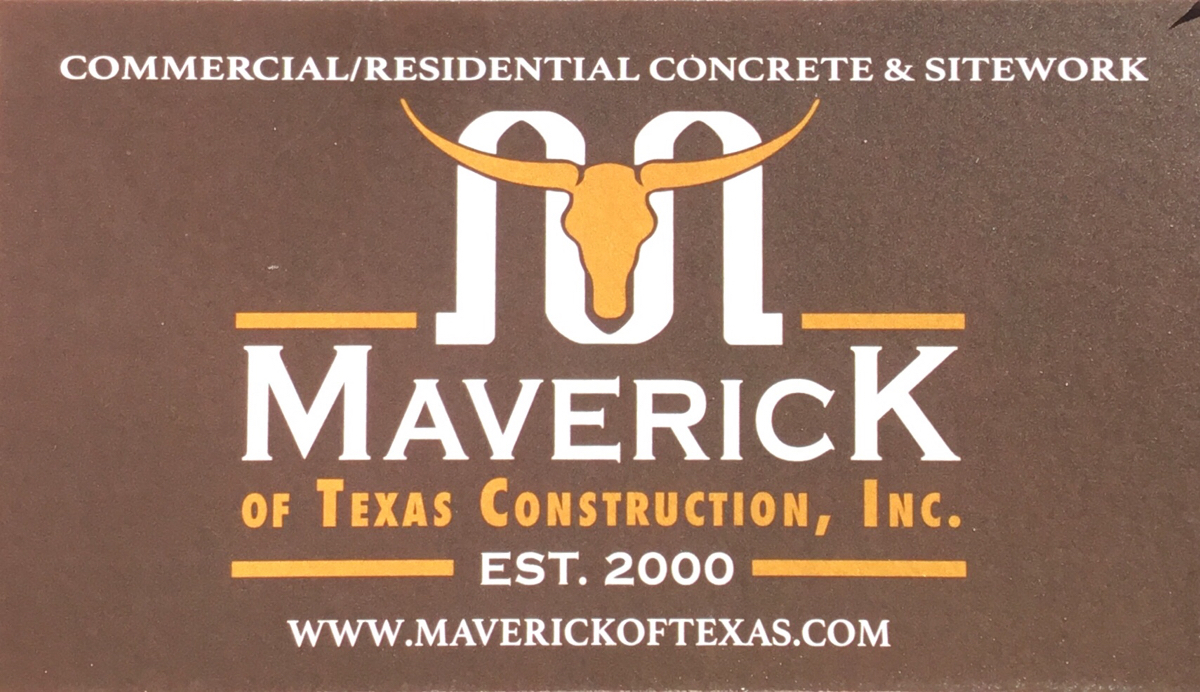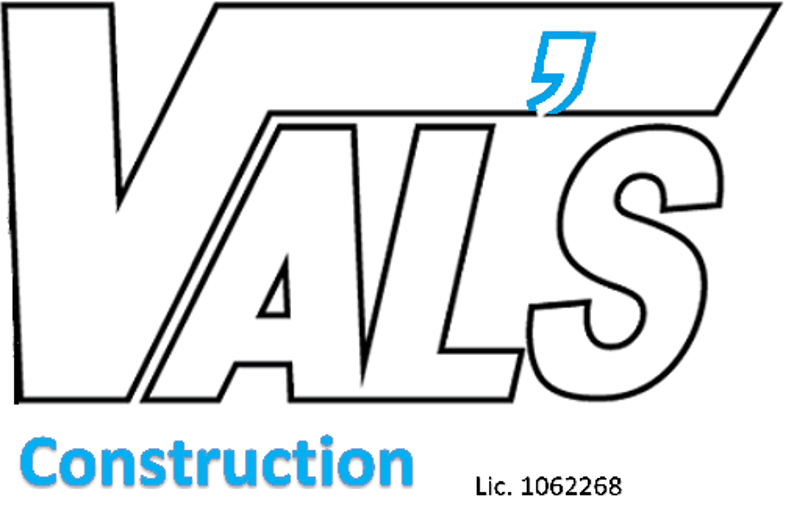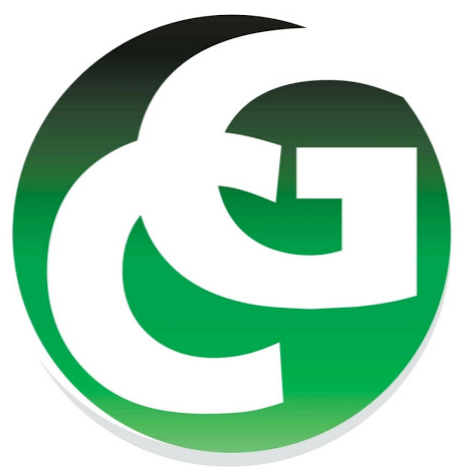Information
-
Document No.
-
Audit Title
-
Client / Site
-
Conducted on
-
Prepared by
-
Location
-
Personnel
Safety paperwork:
-
DTA /PTA Are all hazards associated with their work identified? Include other contractor hazards working around them.
-
Daily equipment checklists filled out? (Aerial Lifts/ Scissor Lifts, Generators, Light Towers, Lulls, Forklifts, Welders, etc.)
-
Current OSHA Posters?
-
Weekly paperwork completed? (PPE Audits, Lean Check Lists, and Tool Box Talks)
PPE:
-
Hard hat, safety glasses, high visibility vest, safety toed boots, gloves, long pants, and four inch sleeves. (Minimum requirement)
-
Welding hood or face shield attached to a hard hat?
-
Proper PPE used for task? (Ear plugs, welding sleeves, goggles, etc.)
Elevated work at or above six feet:
-
Proper use of safety harness, lanyard, retractable, life line, etc.?
-
Fall protection devices been inspected as is required?
-
Proper anchorage points provided for tie off?
-
Employees tied off when working six feet and above? (Ladders, form work, rebar, unprotected elevated surfaces, steel, walls, equipment, etc.)
Electrical:
-
Proper color coding of electrical cords, welding leads, etc.? ((Jan, May, Sept, - Red) (Feb, Jun, Oct, - Blue, )(Mar,Jul, Nov - White ) (Apr, Aug, Dec, - Yellow)
-
Extension cords are not damaged, have a ground prong or are double insulated, proper size for construction use, ends not pulled showing insulation, etc.?
-
All cords are either protected, run overhead or along walls, run over door ways, and do not create a trip hazard?
-
Cords not run through doorways or over sharp edges where they can be pinched or cut?
-
GFCI's used and are free of damage?
-
GFCI's inspected as is required?
-
Overhead crane hot rail locked out/ tagged out or protected by a proper shield blanket if employee working within 5 feet of hot rail? Coordinate properly?
-
Lockout/tagout of energized systems?
Ladders and stairways:
-
Ladders have been inspected and free of damage?
-
Extension ladders or wood ladders tied off or are held steady by another employee?
-
Ladder labels are legible?
-
Step ladders fully opened, spreaders locked, and employees not working off of the top two steps?
-
Bottom of ladders free of trip hazards?
-
Stair treads filled as is required?
-
Proper ladder angle used? 4:1
-
Scaffold stair towers checked by a scaffold competent employee before it is used?
-
Proper steps installed when step is more than 19 inches?
Excavations and trenches:
-
Daily excavation and trench checklist completed by a competent employee?
-
All underground utilities have been identified before underground work begins inside or outside of any of the buildings?
-
Proper benching or sloping according to soil type?
-
Open excavation barricaded off as is required?
-
All overhead utilities, structures, or structures close to operation identified an planned on DTA?
-
Proper access/ egress provided within 25 feet when excavation is four feet or deeper?
Barricading Systems:
-
Barricade system in place and maintained as is required?
-
When complete barricade system removed?
-
Barricade systems identified with signage as is required?
-
Is barricade back far enough from the top edge of the excavation?
Overhead work:
-
Overhead work either barricaded off or a spotter present to direct traffic or warn of danger above?
-
Employees not walking under extended boom or within 8 foot of aerial/ scissor lifts?
-
Spotter not distracted by a mobile device, electronic device, other employees, etc.?
Scaffolding:
-
Scaffold tagged as is required? (Green, yellow, or red.)
-
Scaffold inspected daily by a comment scaffold employee before it is used? Correct date?
-
Scaffold properly erected with all components free of damage?
-
Proper access/ egress established?
Cranes:
-
Is there a crane action plan completed for crane use?
-
Proper training and certifications for crane employees?
-
Crane operator certified and has up to date medical fit test?
-
Daily and Monthly crane inspections completed for crane?
-
Riggers and signal persons qualified?
-
Crane with current annual inspection?
-
Audible signals used or lift area barricaded off?
-
Rigging inspected and rigged properly?
-
Tag lines used to control loads?
Mobile equipment:
-
Daily inspections completed?
-
Employee properly trained with proof of training?
-
Employees back at least 8 foot when equipment in motion?
-
Seat with seatbelt provided and fastened?
-
Fully charged fire extinguisher ?
Work areas:
-
Aisles / access to work areas clear?
-
Trip hazards removed?
-
Holes or wall openings properly covered with hole written on cover?
-
Impalement hazards capped as is required?
-
Laser signage posted when lasers in use?
Housekeeping:
-
Are debris removed daily as is required?
-
Are nails bent over or removed before wood scrap is placed into the wood dumpster?
-
Daily are materials segregated Into dumpsters? (Wood, general trash, construction debris, metal, and cardboard.)
-
Lunch and break trash removed regularly?
-
Materials organized and 5S techniques followed as is required?
Hot Work (Welding, cutting, and grinding):
-
Is a fully charged fire extinguisher available within hot work area?
-
Flammables and combustibles removed within 35 feet of hot work?
-
Hot work permit completed before hot work performed?
-
Fire watch in area?
-
Flammable high visibility vests removed when performing hot work?
-
Welding screens used to protect from welding flash?
-
Proper cutting glasses or welding hood lenses for hot work?
Cylinders:
-
Cylinders secured and in an upright position?
-
Cylinders capped and gauges removed if not in use for 24 hours?
-
Cylinders protected from moving equipment?
-
Flashback arresters on torch hoses?
Hand and power tools:
-
All hand tools inspected daily before use and are free of damage?
-
Damaged tools tagged and removed from service?
-
Power tools have proper guards and handles in place when they are in use? (Grinders, drills, saws all, etc.)
-
Cutting blades have been inspected for damage before use? (Ring tested)
-
Employees following manufacturer recommendations?
-
Employees trained?
Flammable storage:
-
Fuels / flammables stored in secondary contained area?
-
Fire extinguisher fully charged and inspected? ((Jan, May, Sept, - Red) (Feb, Jun, Oct, - Blue, )(Mar,Jul, Nov - White ) (Apr, Aug, Dec, - Yellow)
-
Spill kit available?
-
Rain water drained from containment using a sock to filter the water?
Cell phone use:
-
No walking, talking, or texting?
-
Electronic devices, cell phones, iPads, iPods, earphones, or radios not used when operating a piece of equipment or vehicle?






